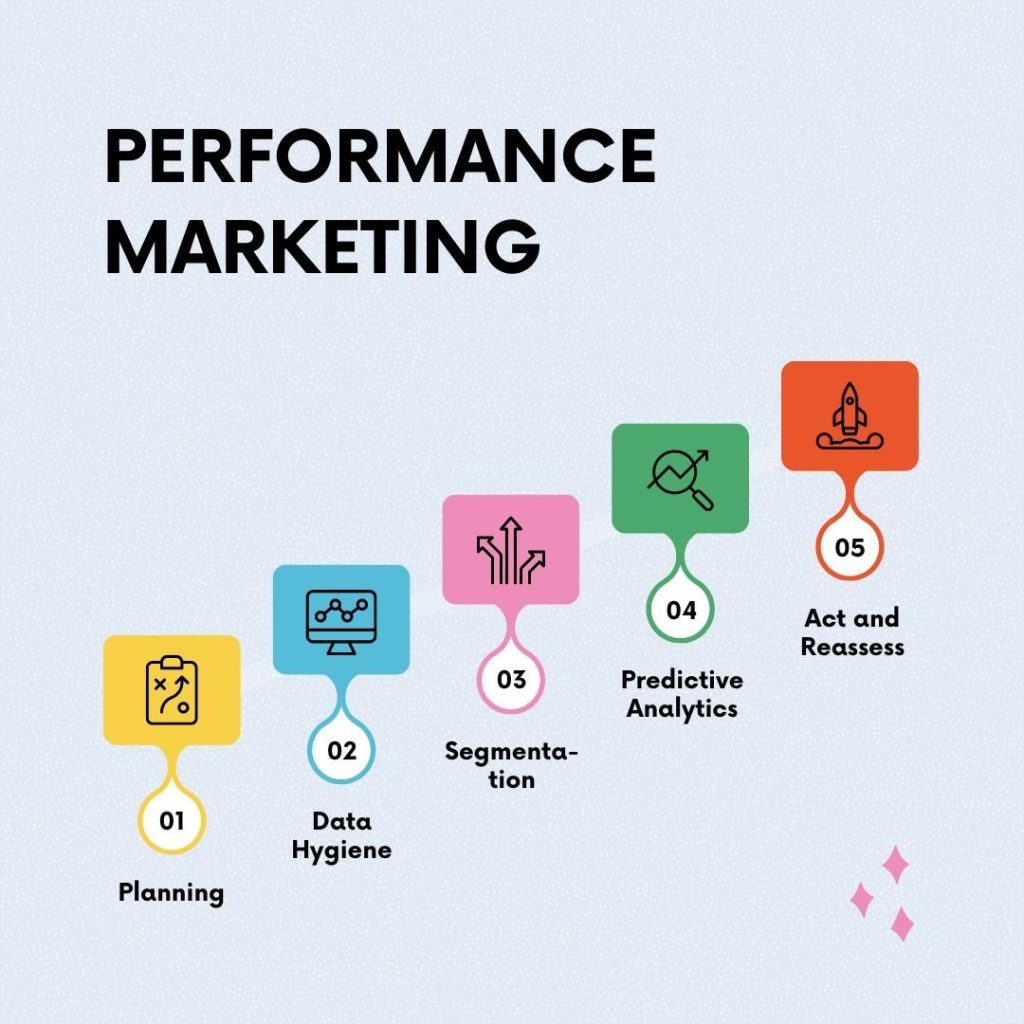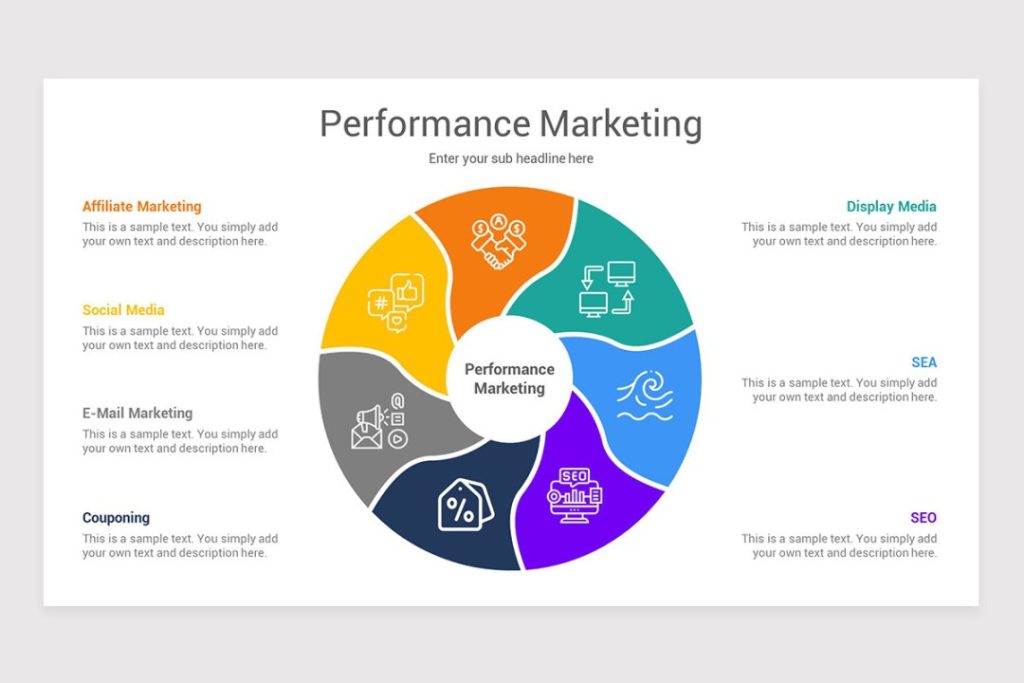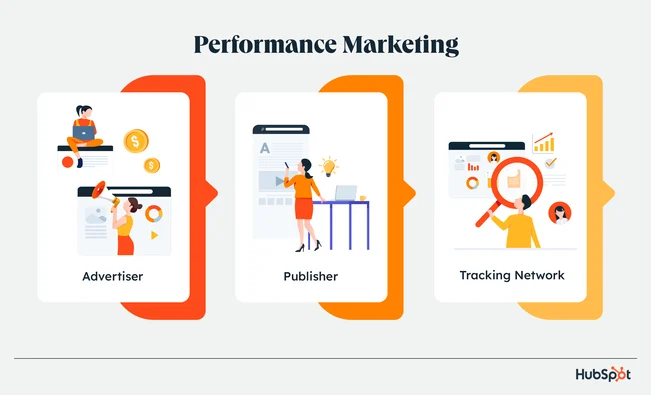The Ultimate Guide to Performance Marketing: How to Maximize Your ROI
In today’s digital landscape, businesses are constantly seeking marketing strategies that provide measurable results. Performance marketing has emerged as a powerful approach, allowing brands to optimize their ad spend and maximize their return on investment (ROI). But what exactly is performance marketing, and how can you leverage it effectively? In this guide, we’ll dive into the key aspects of performance marketing and provide actionable tips to help you succeed.
What is Performance Marketing?
Performance marketing is a data-driven advertising strategy where advertisers only pay for specific actions, such as clicks, leads, or sales. Unlike traditional advertising, which often relies on impressions or reach, performance marketing ensures that businesses get tangible results for their budget.

Key Components of Performance Marketing
- Affiliate Marketing – Partnering with affiliates who promote your product or service in exchange for a commission on conversions.
- Pay-Per-Click (PPC) Advertising – Running paid search and social media ads where advertisers pay for each click on their ad.
- Social Media Advertising – Utilizing platforms like Facebook, Instagram, and LinkedIn to run targeted ad campaigns.
- Search Engine Marketing (SEM) – Optimizing paid search ads on search engines like Google and Bing.
- Native Advertising – Running ads that blend seamlessly with content on websites and platforms.
- Influencer Marketing – Collaborating with influencers to drive engagement and conversions.

How to Create a Successful Performance Marketing Campaign
- Set Clear Goals
- Define what success looks like (e.g., increased website traffic, higher conversion rates, more leads).
- Choose the Right Channels
- Select platforms that align with your target audience and business objectives.
- Optimize Landing Pages
- Ensure your landing pages are user-friendly, fast-loading, and designed for conversions.
- Leverage Data and Analytics
- Use tools like Google Analytics, Facebook Pixel, and conversion tracking to monitor campaign performance.
- A/B Testing
- Experiment with different ad creatives, copy, and targeting strategies to identify what works best.
- Scale What Works
- Allocate more budget to high-performing campaigns while pausing underperforming ones.
The Future of Performance Marketing
With advancements in artificial intelligence (AI), automation, and data analytics, performance marketing is evolving rapidly. Marketers who embrace machine learning for predictive analytics and personalization will gain a competitive edge. Additionally, privacy changes (such as cookie deprecation) will require advertisers to explore new attribution models and first-party data strategies.
Final Thoughts
Performance marketing offers a cost-effective, results-driven approach to digital advertising. By understanding its core components and leveraging data-driven strategies, businesses can optimize their ad spend and achieve higher ROI. Whether you’re new to performance marketing or looking to refine your current campaigns, staying agile and continuously testing will be key to long-term success.

